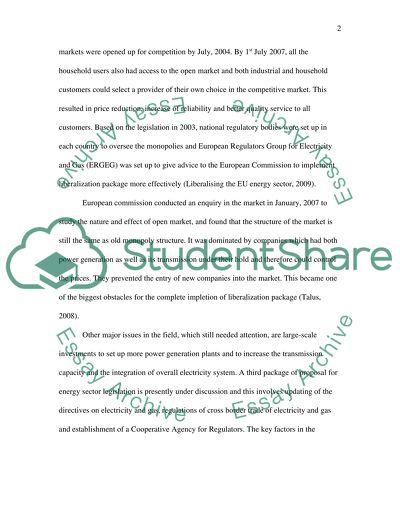Cite this document
(“Development of European energy market Essay Example | Topics and Well Written Essays - 1250 words”, n.d.)
Development of European energy market Essay Example | Topics and Well Written Essays - 1250 words. Retrieved from https://studentshare.org/politics/1520757-european-energy-market
Development of European energy market Essay Example | Topics and Well Written Essays - 1250 words. Retrieved from https://studentshare.org/politics/1520757-european-energy-market
(Development of European Energy Market Essay Example | Topics and Well Written Essays - 1250 Words)
Development of European Energy Market Essay Example | Topics and Well Written Essays - 1250 Words. https://studentshare.org/politics/1520757-european-energy-market.
Development of European Energy Market Essay Example | Topics and Well Written Essays - 1250 Words. https://studentshare.org/politics/1520757-european-energy-market.
“Development of European Energy Market Essay Example | Topics and Well Written Essays - 1250 Words”, n.d. https://studentshare.org/politics/1520757-european-energy-market.


